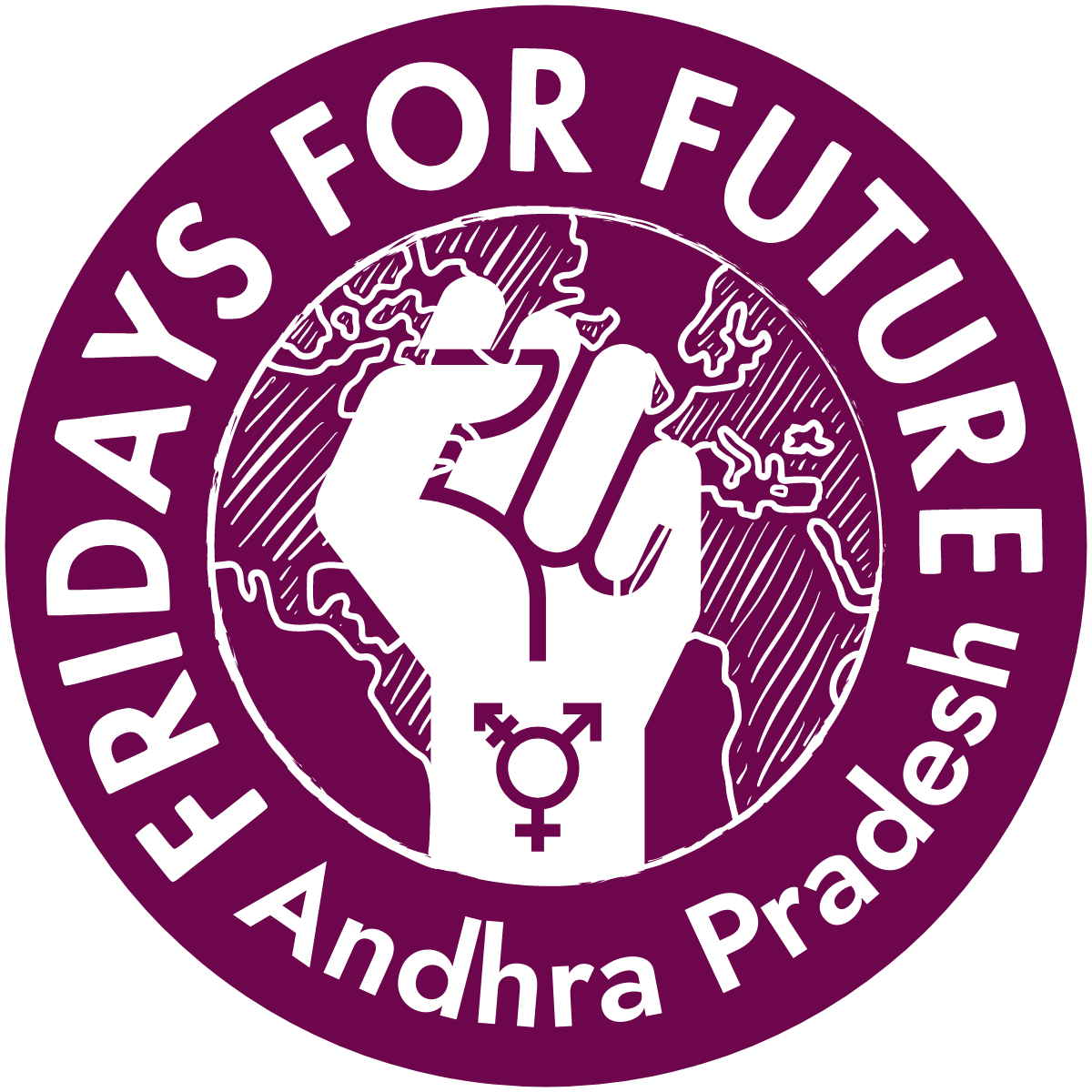Even in today’s world “climate refugees” is a term, many people never heard of. Now, who are these climate refugees? Why are they, the world’s forgotten victims? Why do the world and the law hardly pay any attention to them?
Who are these “Climate Refugees”?
Climate refugees are the people that are forced to flee their homes due to the drastic worsening situation of the climate. These situations may include droughts, floods, rising sea levels, water scarcity, food scarcity, and other extreme weather events.
These situations make it impossible for people to continue a peaceful life in their homes as it makes the place uninhabitable. Hence, they are forced to migrate to other places leaving their homes and livelihood behind. Climate refugees are also known as ‘climate migrants.’


The difficulties “climate refugees” face:
- They are forced to evacuate from their own homes and livelihood.
- They are forced to adapt to a new environment to which they are not familiar.
- They don’t get the facilities from the government like the locals of the place they are moving to.
- Sometimes they are not whole-heartedly welcomed by the government of the place they moved to.
Worldwide response:
Global Compact on Safe, Orderly, and Regular Migration, adopted by the UN in 2018, states that this large-scale migration of people is caused by the factor, “the adverse change of climate change or environmental degradation.” And when we say environmental degradation or climate change, we talk about floods, droughts, rising sea levels, desertification, and natural disasters. This particular compact includes that the climate refugees who migrate to other locations should be protected by the government in the countries where they are forced to migrate.
The key objectives of the Global Compact are to:
- Is the pressure on host countries
- Enhance refugee’s self-reliance
- Expand access to third-country solutions
- Support conditions in countries of origin for return in safety and dignity.
In March 2018, the UN Human Rights issued a document pointing out that all the people who are forced to migrate long distances and cross borders do not fit the definition of “refugees”.
The Non-refoulment Principle, which states that people who have crossed borders should not be deported or repatriated to their original countries against their will, is not applied in the legal system, which is protecting the human rights of the “climate refugees.” It then made the governments to “incorporate implementation of climate change measures and the concept of human rights protection into the planning,” so that they can protect their human rights as well as prevent large-scale displacement.
The “The1951 Refugee Convention”, relating to the status of refugees, protects people who have a fear of persecution on religious, racial, or other issues, nor are they eligible for protection under the Convention. And climate refugees were not covered by it.
In 2020, UNHCR (United Nations High Commissioner for Refugees) issued a set of “Legal Considerations”, while refusing the term “climate refugee”, for the people who are forced to migrate. Instead, it said, “it is more accurate to refer to persons displaced in the context of disaster and climate change.” Not categorizing people who migrate due to natural disasters and climate change as “climate refugees.”
[Source – https://www.weforum.org/agenda/2021/06/climate-refugees-the-world-s-forgotten-victims/ ]
Statistics:
- According to UNHCR, there are approximately 84 million forcibly displaced people till mid-2021. Where 26.6 million are refugees as of mid-2021.
- There are 4.3 million stateless people, who are residing in 93 countries reported in mid-2021.
- 73% of refugees displaced lived in countries neighboring their countries of origin.


(source: https://www.weforum.org/agenda/2021/06/unhcr-how-many-refugees/ )
Conclusion:
“Climate refugees” are not migrants or nomads. They are called “refugees” for a reason. That is they are forced to move to other places leaving behind their own livelihood, while migrants and nomads choose to migrate on their own will.
I'm Varshitha, a student currently pursuing Computer Science Engineering. I'm someone who loves spending Winter mornings reading books while sipping on my cup of coffee. I get high by sniffing the pages of the books. Writing is my favorite pass time.

